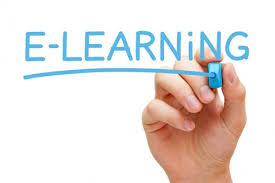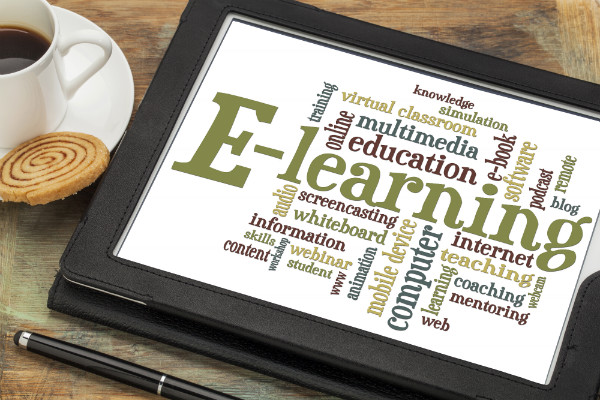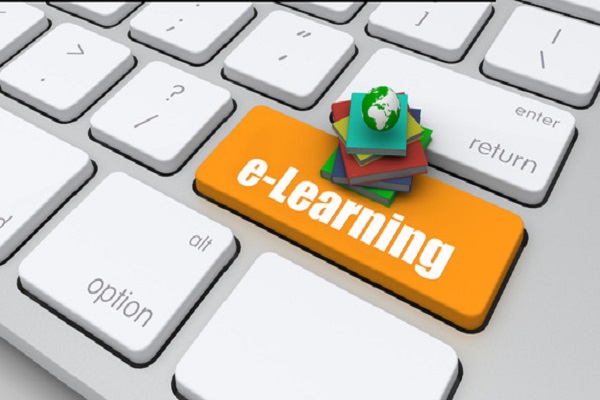Some things you can know, some you should know. This article is about the latter and the successful entry into e-learning. Which software solution should be chosen and what should be considered? In this article, two types (or principles) are used to explain how the path to acquiring and designing an e-learning system is as stumbling-free as possible.
The Better know
The great question we have been dealing with since time immemorial: Good or Evil? No, not today. Today it means “know everything” or “know better”. Allrounder vs. Specialist.
Both have their advantages and disadvantages, do not have to be mentioned at this point. Logical. The all-rounder can do anything … a bit. Ideal for entry into all areas and available for any job. The classic manager, who has an overview of the company, but of course no longer the look in every detail.
The counter design is the specialist. He knows what he’s talking about, he knows the details and knows what they stand for. A specialist goes into the depth and is an expert in his area. And that is not only he but everyone else (he would not be an expert).
In principle, there is not the perfect solution, of course. We need the know-it-all and the know-it-all. But what about e-learning?
1. Installing LMS yourself? Hands off
Older LMS systems still must be installed manually on their own computer and, of course, also managed. There is always the know-how. Why not do everything yourself? So, we have an overview of everything, learn also to it and save maybe also a few euro.
But that costs time. Valuable time that we no longer have in a world full of experts. Problem: In today’s networked world, expert knowledge is worth gold. Each customer expects the best solution for his e-learning problem and not twenty nice possibilities. Can we take over the complete maintenance and support of a system and then also produce valuable content?
Rather no. Therefore, the solution here is in the specialization. We know how we want to implement something. We should leave the service and support to the experts so that everyone can implement their part of the work as optimally as possible.
2. Look outside the box
The expert and specialist do not always have to have the last word. So, it is still common practice immediately to slash the planner-turbo. Define target group, this is how it is done. We still need this gimmick and this app because that’s what we’re doing or we have a good feeling about it. In short, we are committed to expert thinking.
Then we need the all-rounder and all-rounder, who is close to the customer and asks the important question: What does and does the customer really need? And bring him into the boat. Then we have arrived at an agile development and in the modern e-learning world.
3. Set goals
Every teacher knows: Without a learning goal, my lessons are shed between the minds of the pupils. A clear focus must be: Where do I want to go? This can also be used to measure success. An important lesson for any e-learning course.
4. Determine yourself
If the learning goal is, it must be taught. Here, the path leads to the breadth of the know-how: as many learning activities, as possible should be available! Working a lot visually, installing audios, short units and best let the learners decide for themselves. Self-determined learning is the trend of the future, which we should take with e-learning. If not here, where then?
The tie and the solution
Surprise
Yes, of course, we need knowledge and know-it-all. Because our customers also include both. Those who want to get expert knowledge mediated and the generalists who want an overview. For both, there is a name in personality research: the extrovert (all-rounder) and the introvert (specialists). Our real customers, who differ by their thinking: Briefly summarized in a sketch!
Both must be picked up where they are. With an LMS that takes as much work as possible so that we can take care of the content and effectively take care of our learners.







